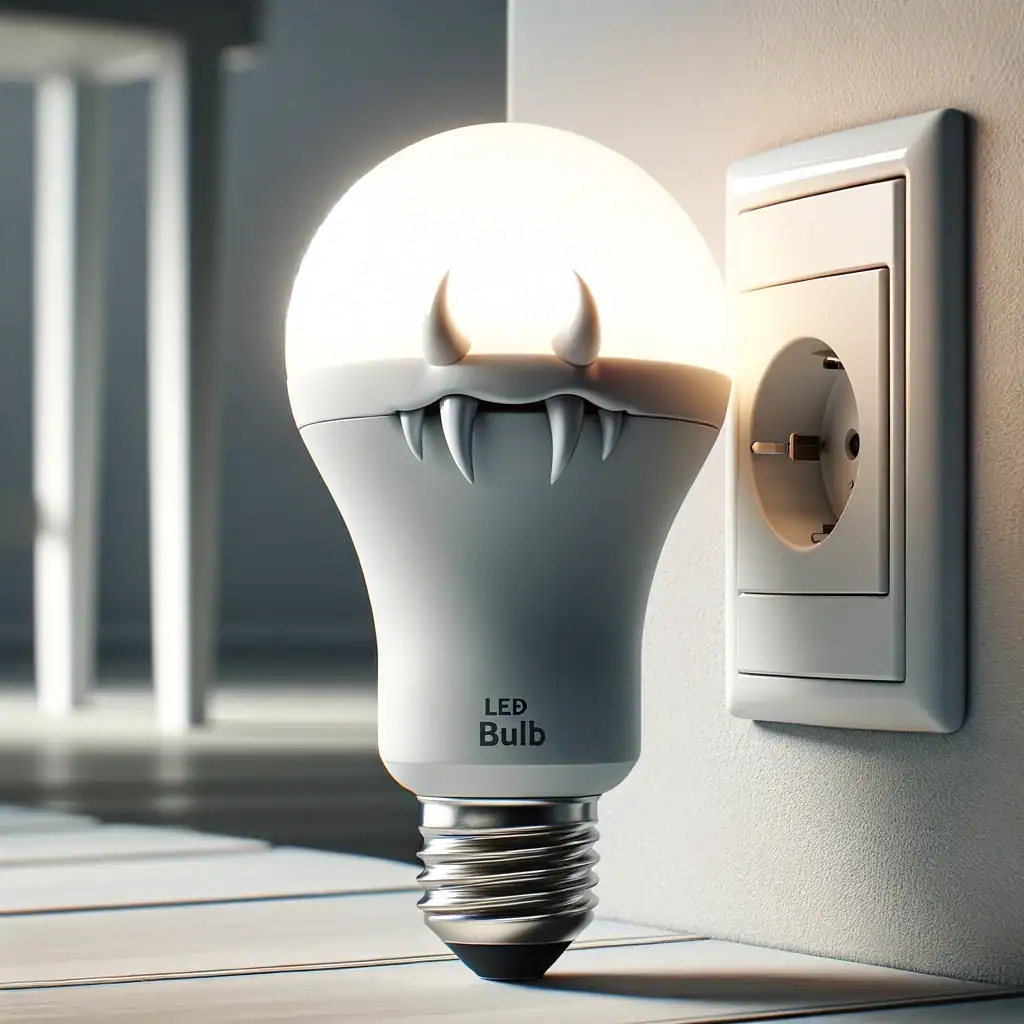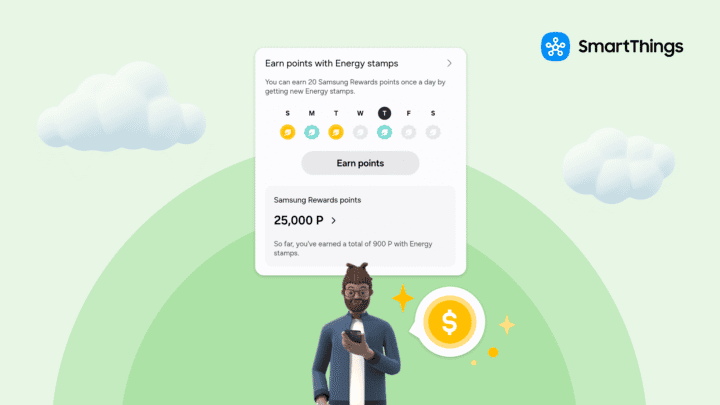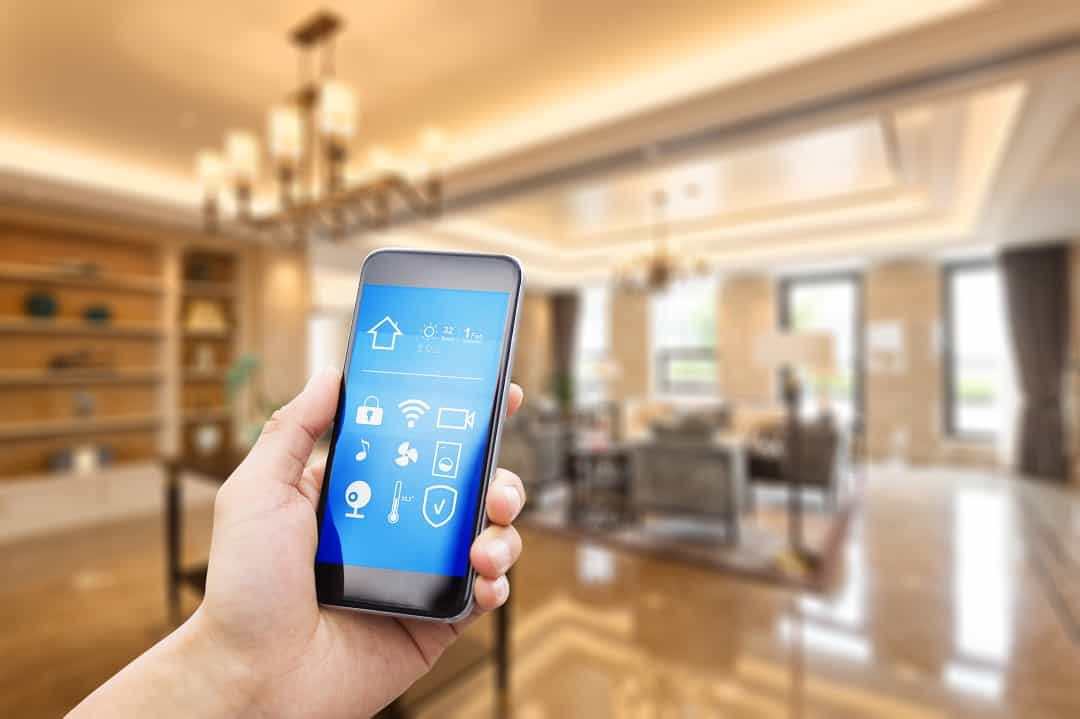Smart lights are an increasingly popular choice for those looking to add convenience and energy efficiency to their homes. Many people choose to use smart bulbs and smart switches for their lights to save on energy costs. But, do smart lights use power when they are turned off? This post will take a look at how smart lights work and if they draw electricity even when not in use. Understanding the power consumption of your smart lights when they are off can help you make more informed decisions about their use and potentially identify ways to save even more money.
What are Smart Lights?
Smart lights can be any one of a number of appliances. They can be smart light bulbs that replace your traditional incandescent bulbs. Or they can be smart light switches to replace your traditional power switch. Smart lights can even be an older lamp that is plugged into a smart wall plug. You can even have more exotic smart lights like smart light strips, light fixtures, or even smart outdoor lights!
Smart lights work by connecting to a communication network. This is the biggest difference in how they operate vs traditional bulbs or light switches. They use this communication network to allow remote control of the light, be it with voice commands, using an app on your phone, or a different method. Without the network connection, your smart lights aren’t very smart.
Do Smart Lights Use Power When Off?
Since the smart lights rely on the network connection to be controlled, this network connection is always on if the smart light has access to power, even if the light isn’t giving off light. This means that if your smart switch or smart plug is connected to power, it will be in standby mode, drawing power to allow the smart light to communicate and know when it should be turned on. This is referred to as a phantom load.
So yes, the short answer is that smart lights do use power when they are turned off and they are technically vampire devices.
Now, the good news is that most smart lights don’t use much power when they are turned off. The amount of power smart lights use when they are off depends on a lot. The type of bulb in the smart light itself, the type of connection it uses (such as a Wi-Fi network or Bluetooth), and the features it offers all play a role in its power consumption. Some models are designed to be more energy-efficient than others, and additional functions like energy monitoring or ambient light sensors can also affect the amount of standby power used. While the power usage of a smart light when off is typically low, it can vary based on these factors.
In Summary
Smart lights do consume a small amount of electricity even when they are turned off. This standby power is necessary for the lights to maintain their connection to a network that allows them to communicate. This lets them respond to remote commands even when the light is turned off. The amount of energy consumed in this state is minimal when compared to their active usage. It is important for users to be aware of the slight power usage to make informed decisions about their smart home devices and their impact on electricity bills.




